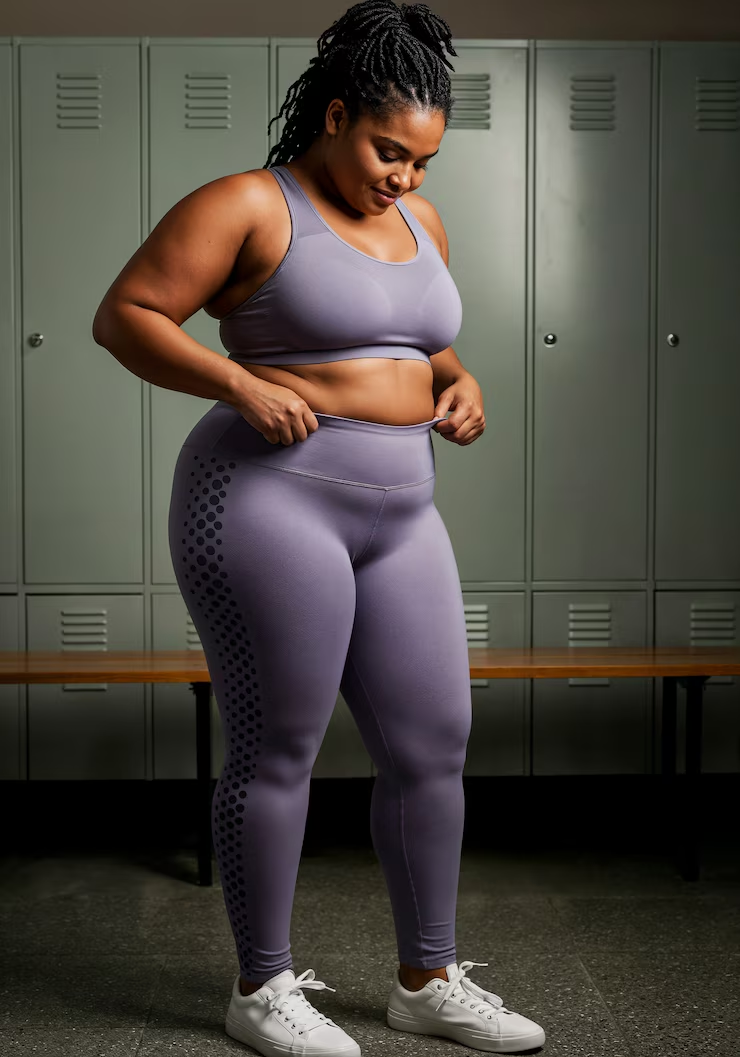Did you know that cellulite is one of the most common skin concerns for women in Australia? In fact, studies show that 90% of Australian women will have cellulite in their thighs, buttocks, abdomen, hips and other parts of their body at some point in their lives.
Now you could be one of the many women who dread the thought of having cellulite. Or perhaps you might already have it somewhere in your body, and you’re looking at getting cellulite treatment to address the problem. But the question is, do you really know enough about cellulite? Here, we answer some of the most common questions that you might have about this skin condition:
What is cellulite?
Cellulite is a condition that affects the skin, especially the thighs, buttocks and abdomen, causing a lumpy or dimpling texture. This is why it’s also called “orange peel” skin due to the similarity in texture.
Cellulite usually occurs when fat deposits that are usually just in the skin seep through the connective tissue, causing the changes in texture and appearance. Contrary to popular belief, cellulite can actually affect both men and women, although it affects mostly the female population because of the difference in muscle, fat and connective tissue distribution.
Medical experts grade cellulite from Grade 1-3 based on its severity. Grade 1 or mild happens when the skin has an “orange peel” characteristic. Grade 2 or moderate occurs when the dimpling is more defined or has a “cottage cheese” look. Finally, Grade 3 or severe happens when the skin has a more “mattress-like” appearance with severe skin draping and 10 or more depressions.
Cellulite can occur in any part of the body but mostly in the breasts, abdomen, thighs, hips and buttocks.
What causes cellulite?
Cellulite can be caused by a wide variety of factors that result in the buildup of fat in the connective tissue under the skin. Several predisposing and precipitating factors can play a role in the development of cellulite, including poor diet, genetics, weight gain, pregnancy, hormones, and an unhealthy lifestyle.
According to studies, cellulite can happen in older women who are nearing menopause because of the significant reduction in the production of hormones such as estrogen, noradrenaline and insulin that also results in reduced blood flow to the connective tissues where fat deposits eventually seep in.
Some women are more likely to develop cellulite because of certain factors, such as age, genes, ethnicity and body composition. According to studies, genetic makeup is linked to a person’s ability to produce and distribute fat in the body, his metabolism and a lot of other factors that could result in cellulite. And contrary to what a lot of people think, even slim people can still get cellulite. On the other hand, cellulite becomes more visible as you grow older because your skin loses elasticity.
What techniques can help in minimising the look of cellulite?
Since cellulite has become a very common skin condition these days, a lot of clinics have also developed different cellulite treatments that help to address the problem. But you can also follow these tips to make your cellulite treatment more effective in reducing the appearance of cellulite and keep it from getting worse:
- Be mindful of your diet. If you haven’t put a lot of regard on the food that you eat, this is the time to switch to a more balanced diet. Instead of consuming a lot of fats and protein, try to consume more fruits and vegetables that don’t only help to make your skin’s texture a lot better but also promote better overall health.
- Live a more active lifestyle. Although cellulite can happen to anyone, those who have more fat deposits have a higher risk of getting it. This is why it’s very important to include exercise as part of your regular routine because it helps you reduce fat deposits in your skin and tissues, improve your skin’s elasticity, tone your muscles and reduce the appearance of cellulite significantly.
- Drink more water. Hydration plays a very important role in maintaining good skin quality, and it also helps to reduce the appearance of cellulite or keep it from getting worse. This is why you need to drink plenty of water to not only make your skin soft and supple but also to enjoy better health.
What should you look for in a clinic that offers cellulite treatment?
The good news is, you don’t need to worry about cellulite a lot because there are now many treatments available to address the problem. But don’t just go anywhere for cellulite treatment. Instead, look for these things when choosing the right clinic for you:
- A clinic should have licensed and well-trained professionals who can perform cellulite treatments efficiently. One good indicator that a clinic has this is if they have a steady stream of clients and have been in the industry for a long time.
- Of course, you can’t just have good aestheticians to do the job. They also need the right equipment to perform the best cellulite treatments available in the market today. A credible clinic should invest in top-quality equipment that allows for efficient treatments, and this is also a sign that a clinic is committed to delivering the best service to its clients.
- A reputable clinic shouldn’t only offer one type of treatment since the needs of clients vary depending on the severity of their cellulite. This is why it’s very important to look for a clinic that has a variety of treatments to address your problems properly and make sure that you get to enjoy the best service possible. Variety also ensures a more tailored treatment plan for you that’s based exactly on your needs.
Sure, cellulite may be a common problem, but it can be addressed through proper treatment options by a reputable clinic like us. So if you’ve been suffering from cellulite for a long time, get in touch with us to book an appointment.
For more visit our website Home Threads







